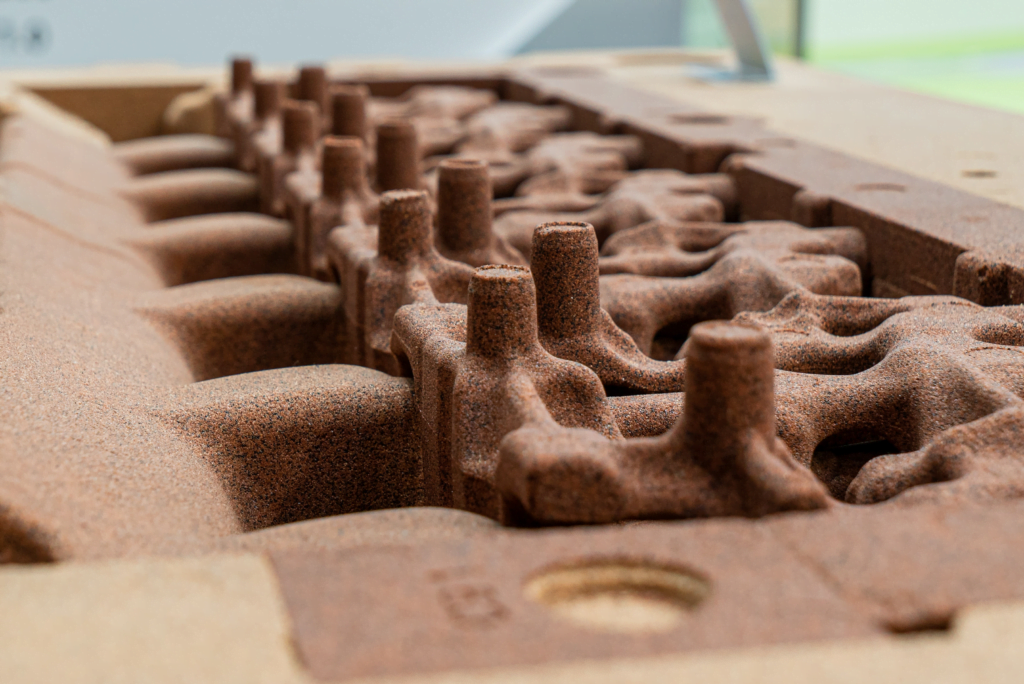Surface finish can affect the structural integrity, corrosion resistance, and wear resistance of the cast parts.
The casting’s surface is defined as the shape, texture, and other characteristics of the surface of the sand casting. It is determined by the properties of the sand used, the mold cavity used, and the casting process. The sand casting can range from a very rough surface to a very smooth one.
Factors to Consider During The Casting Process to Achieve a Good Surface Finish
Sand casting processes can produce parts with a high degree of accuracy and repeatability, but a good surface finish is also essential for most applications.
Mold Design

When a mold surface is designed with proper attention to detail, it can lead to a much smoother and more consistent casting surface.
The shape of the mold castings can affect the amount of time it takes for the molten metal to solidify. Designing the mold with the proper dimensions can help to reduce the cooling time, resulting in a faster overall process.
Another reason why mold design should be considered during the casting process is to ensure that the molten metal is evenly distributed in the mold cavity. This can be achieved by using a properly designed runner and gating system, which can allow for a uniform flow of metal into the mold.
Sand Casting Process
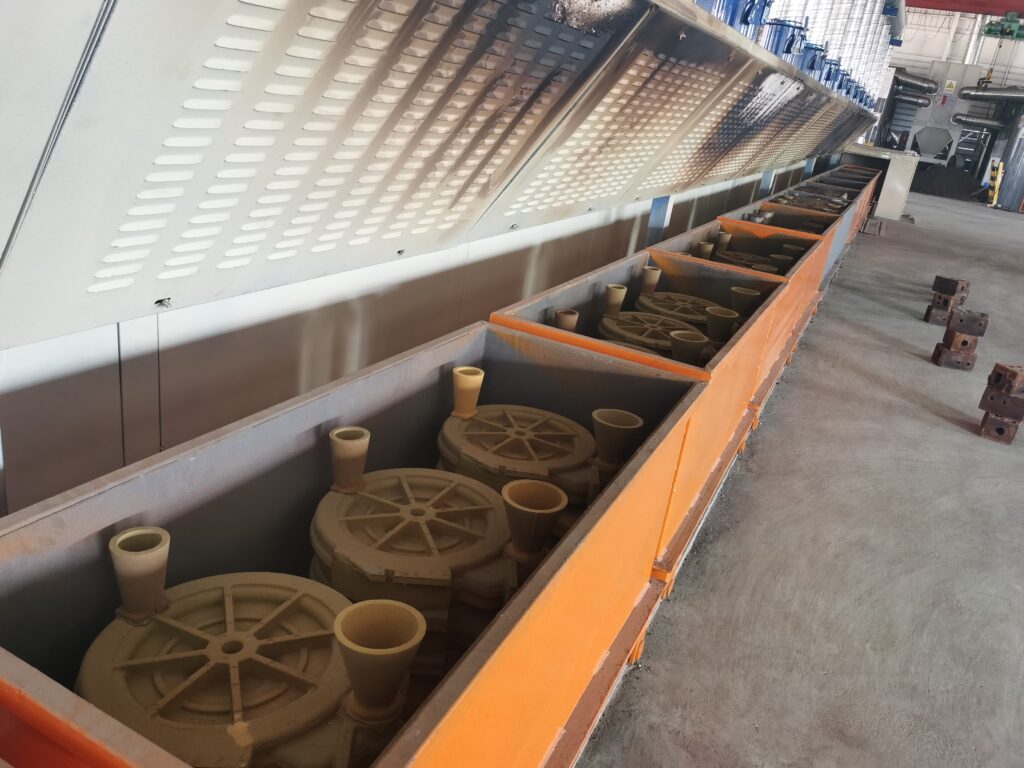
The sand should be sieved and screened to remove any particles that could cause defects in the sand castings.
The sand should be chosen based on the alloy being cast and the requirements of the part. Sand casting with a high degree of refractoriness should be used for alloys with high melting points, as this will reduce the possibility of a poor surface finish. For alloys with lower melting points, finer particles of sand with lower refractoriness should be used.
The temperature of the molten metal should be closely monitored during production to ensure the metal is able to flow into the mold and fill the entire cavity. The temperature should also be adjusted to account for any changes in the mold design or the type of alloy used.
Casting Material
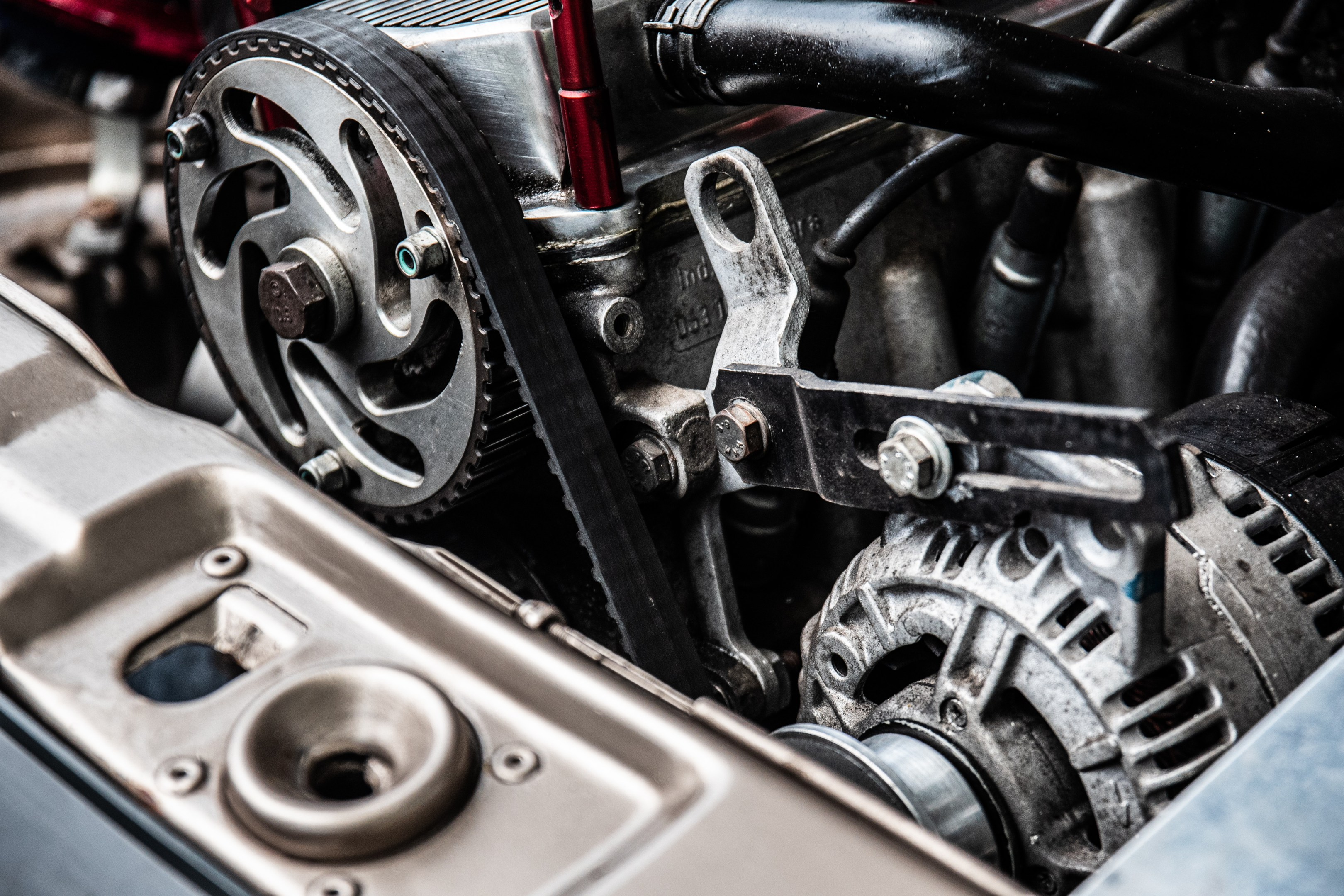
Different types of casting materials have different properties and characteristics that can affect the surface finish of a casting. For example, aluminum castings should have a smoother surface. Other aluminum casting methods can provide a better finish after the surface treatment.
Some materials have higher melting points, which can lead to problems such as shrinkage or porosity. It is important to consider these factors when selecting a casting material for a particular application.
When selecting a casting material for a particular application, it is important to consider the mechanical properties of the material to ensure high-precision components.
Types of Surface Treatment for Smooth Surface Finish
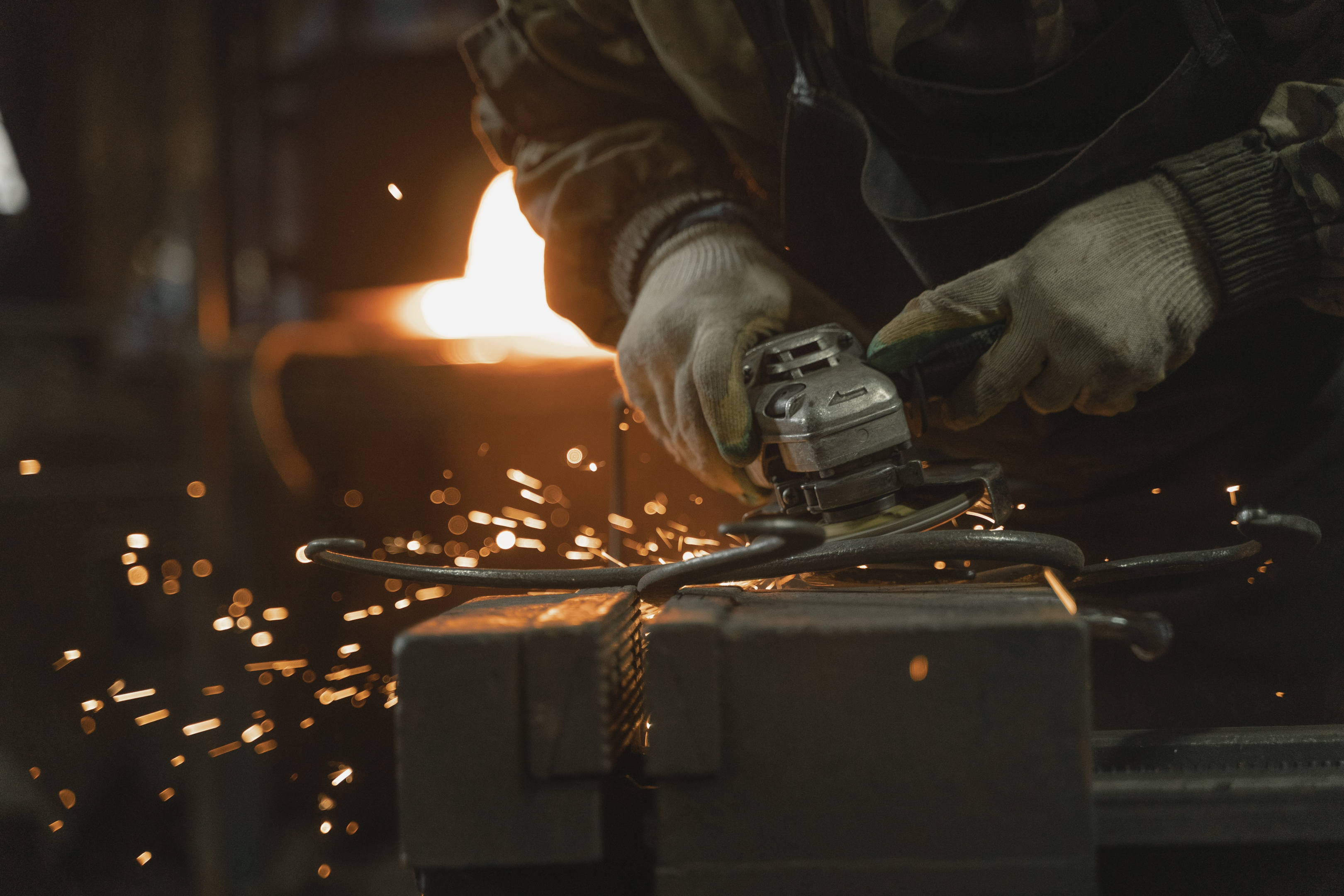
Different types of casting materials have different properties and characteristics that can affect the surface finish of a casting. For example, aluminum castings should have a smoother surface. Other aluminum casting methods can provide a better finish after the surface treatment.
Some materials have higher melting points, which can lead to problems such as shrinkage or porosity. It is important to consider these factors when selecting a casting material for a particular application.
When selecting a casting material for a particular application, it is important to consider the mechanical properties of the material to ensure high-precision components.
Types of Surface Treatment for Smooth Surface Finish
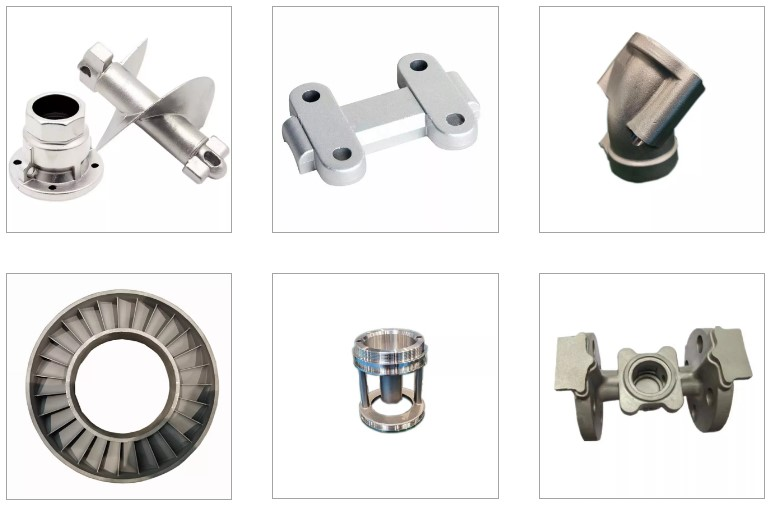
Surface treatments are a great way to get a uniform surface finish for a variety of materials. These treatments can provide numerous advantages for the user, making them a requirement for foundries before shipping out the components.
Excellent Surface Finish
Surface treatments are a process that involves the use of a variety of chemical and mechanical abrasion techniques to alter the surface of a material. This process can be used to remove small particles, improve a surface’s appearance, and even alter the mechanical properties of a material.
Surface treatments can be used to remove irregularities and defects, resulting in a uniform, smooth surface finish. This helps to improve the performance of the part, as well as its aesthetics.
Better Corrosion Resistance
The surface treatment can provide a protective layer that prevents corrosion from occurring. This protective layer is often applied to the material in the form of a coating or paint.
The coating can be designed to be resistant to corrosion, which prevents the material from degrading or becoming weakened. By applying a protective layer, the surface can be made more durable and better able to withstand the elements. This helps to ensure that the material will retain its strength and performance over time.
Reduced Machining
Machining is a process used to shape, cut, or finish material. It is a complex and expensive process that is typically used when a product needs to meet specific specifications. However, it can be time-consuming and costly, so it is beneficial to find ways to reduce or eliminate the need for this process.
Surface treatments can help reduce machining requirements by providing a uniform surface finish. Finer surface finishes can reduce the amount of material that needs to be removed during this process, which can save time and money.

